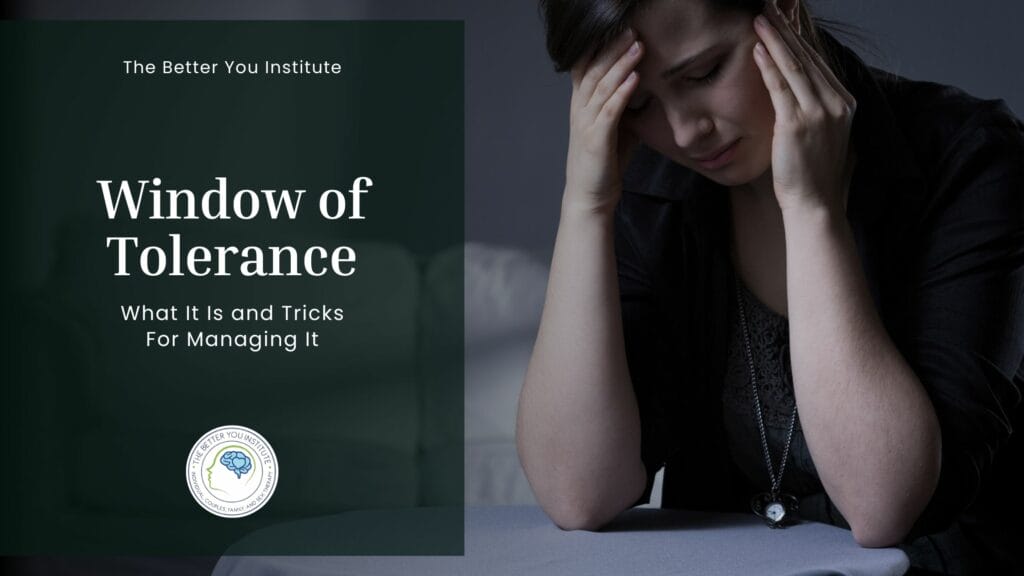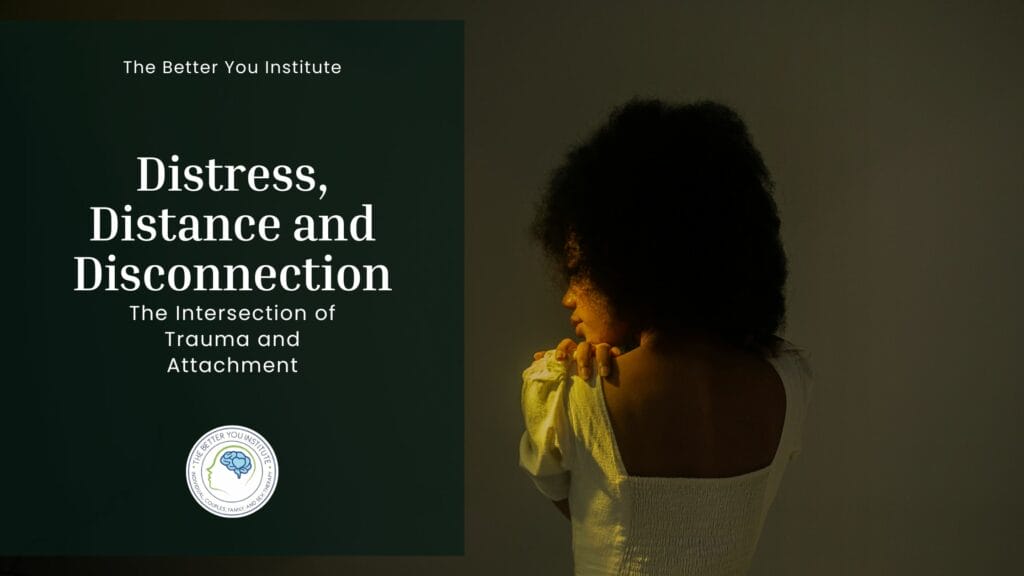Our intimate relationships are vital to our lives as we share our most important moments with our partners. However, sometimes those relationships can become unsafe or unhealthy. If you feel unsafe in your relationship, you may be in an intimate partner violent (IPV) relationship. Are you currently in a relationship where you have questions if it is safe or healthy? Have you ever been in a relationship that you have labeled toxic or unhealthy? Do you sometimes compare your relationship to your family or friend’s relationships and question if they experience some of the same things you are experiencing? Have you ever asked yourself in your relationship, “Is this abuse?” If you are having these thoughts or concerns or if family or friends have expressed worry about your intimate relationship, it is possible that you may be experiencing intimate partner violence. Please read further to learn more about intimate partner violence and see if your partner is exhibiting behaviors of violence towards you.
What is Intimate Partner Violence?
Intimate partner violence (IPV) is often described as the ongoing abuse of an intimate partner or family member. It can include, but is not limited to, the following types of abuse: physical, emotional, verbal, psychological, sexual, or financial. The various forms of abuse can occur individually or collectively. It does not discriminate in who experiences it. Therefore, IPV can be experienced at any socioeconomic level, in any race, and from any sex or gender. Intimate partner violence often occurs in privacy and historically has been a topic that was not widely discussed due to its sensitivity towards victims, perpetrators, and communities. Historically, it has occurred behind closed doors, contributing to victims’ and survivors’ reluctance to speak out.
Examples of the different types of IPV look like:
Physical Intimate Partner Violence: physical violence towards an intimate partner, including but not limited to hitting, punching, biting, strangling, burning, grabbing, or shoving.
Emotional Intimate Partner Violence: undermining one’s self-worth, constantly criticizing them, gaslighting, isolating them from family and friends.
Verbal Intimate Partner Violence: calling you names, insulting, criticizing your appearance, yelling, or murmuring.
Psychological Intimate Partner Violence: gaslighting, terrorizing you, playing mind games, threatening to hurt your family or friends, telling you not to be friends with someone, not allowing you to workout or shave your legs (controlling your body).
Sexual Intimate Partner Violence: coercing or forcing you into sexual acts without your consent, using your body while unconscious for sexual gratification
Financial Intimate Partner Violence: controlling your finances, preventing you from working or studying, spending your money on personal items that they could pay for
History of Intimate Partner Violence
The issue of intimate partner violence, also referred to as domestic violence, was first recognized socially in the 1970s. It correlated with the feminist and women’s rights movements that began simultaneously. 1973 marked the first recognition of “domestic violence” and “spousal abuse.” (Throughout this blog post, I will interchangeably use IPV, domestic violence, and spousal abuse.) The feminist and women’s rights movements initially identified IPV as an issue. The United States Surgeon General formally identified domestic violence and violent behavior as a public health priority in 1979. Since this proclamation, the Center for Disease Control (CDC) has been very involved in violence prevention across the United States. Domestic Abuse Intervention Programs (DAIP) began in 1980 to help improve Minnesota’s criminal justice system and response to domestic violence survivors. Minnesota advocates sought domestic violence victims and survivors to have more options when escaping violent relationships and situations. This effort has become known as “The Duluth Model.” The Duluth Model and DAIP have become globally recognized as best practices for supporting survivors.
The Violence Against Women Act (VAWA) was introduced in 1994 by the U.S. government as a major step in addressing the issue of intimate partner violence. By acknowledging that the issue of domestic violence has been a pertinent issue within the United States, more programs have been introduced and developed to improve access to services. Before the introduction of VAWA in 1994, there were few laws addressing the issue of domestic violence. It was not until 1920 that beating or abusing your wife in the United States was made illegal, and beyond that, domestic violence was often not charged or prosecuted criminally.
Gender equality also significantly affected how domestic violence was viewed and addressed. From a heteronormative point of view, historically, women were often viewed as less than their male counterparts. Males were, and sometimes still are, often in positions of power and could leverage that power when individuals accused them of domestic violence.
It should be noted that same-sex couples experience domestic violence at almost the same rates as heterosexual couples. Access to services for same-sex couples has been limited historically. However, there has been a significant push from DAIP agencies to create more inclusive services and access to emergency and safety services across the board. It should be noted that as rights and laws for LGBTQIA become a more prominent issue across the United States, accessibility for survivors of domestic violence within this group has improved.
Advocacy for victims and survivors of domestic violence became more visible in the late 1970s when the National Coalition Against Domestic Violence was established. The coalition oversees state-run agency’s programming and services, participates in policy support and lobbying, and supports training. The creation of this coalition began the conversation about domestic violence on a more public stage. Their advocacy exponentially increased and became more prevalent with the creation of VAWA. The passage of VAWA efficiently changed how crimes against women and children were handled. It spurred a series of policies and laws that addressed holding offenders and abusers to harsher and more appropriate sentencing guidelines.
With organizations such as NCADV and the passage of laws, such as VAWA, domestic violence is more openly discussed and acknowledged, especially in healthcare environments. It is now commonplace for medical providers and professionals to ask individuals if they are experiencing domestic violence and assess their safety in their homes. Suppose a client or patient discloses that they are feeling unsafe or are experiencing domestic violence. Those individuals are linked to the appropriate providers, agencies, and organizations or programs that can best support them.
Statistics of Intimate Partner Violence
To give you a sense of how prominent IPV is and why we must talk about it, here are some national statistics (at the time this article was written, June 2023): 1 in 4 women and 1 in 9 men will experience some form of intimate partner violence over the course of their lifetime. 20% of individuals within the LGBTIA+ community have experienced IPV. It has been reported that an individual is abused by an intimate partner almost every 20 minutes. Domestic violence hotlines report receiving around 20,000 calls daily throughout the United States. It is estimated that annually, there are 10 million individuals who identify as victims/survivors of abuse. These statistics are staggering but are evidence of the ongoing issue and prevalence of domestic violence in the United States.
A phrase commonly used at domestic violence agencies is that DV/IPV does not discriminate among the populations affected by it. While intimate partner violence does not discriminate, women of color and trans individuals are often victimized at higher rates. Native Americans and Asian American Pacific Islanders (AAPI) individuals are also victimized at higher rates.
As stated above, IPV does not discriminate. However, domestic violence is strongly impacted by different demographic markers. Studies and research have shown that people of color, those of lower socioeconomic status, and marginalized individuals experience IPV at higher rates and percentages across all spectrums. Many of these incidences, however, go unreported. It would not be surprising if you have friends or family members who have experienced violence within an intimate relationship and have not discussed it due to shame and fear.
Who Is Helping Decrease Intimate Partner Violence?
Intimate partner violence has caught the attention of government and state-level agencies. There has been a response from federal governmental agencies, such as the Centers for Disease Control and the Office of Violence Against Women (OVW), to understand the dynamics of domestic violence better and create programs aimed at prevention. States are individually creating programs that are aimed at addressing prevention. Most states operate a coalition that works with supporting local agencies to provide services such as emergency shelter, counseling, court/legal advocacy, and community education. The state coalitions are often instrumental in policy change and advocacy for improved laws to protect survivors.
The Effects of Intimate Partner Violence as Trauma
When reflecting on victims/survivors of IPV and the role that trauma plays for them, it is crucial to understand the direct correlation between violence and trauma. Studies have shown that 77-98% of women incarcerated have reported historical and ongoing trauma and violence. This percentage includes females with complex trauma. Proper education around the interconnectedness of intimate partner violence and trauma could potentially support diversion programs and treatment programs to support healing and recovery.
Table of Contents
Comorbid Issues Related to Intimate Partner Violence
The response to how to address intimate partner violence and trauma has been slowly evolving. With individuals presenting with more complex trauma, there is an increased risk of becoming involved with substance use and the justice system. It is not uncommon for those actively experiencing intimate partner violence to be actively involved in the justice system due to the ongoing threats and acts of violence. It is essential to discuss and consider that the risk for more severe violence and exposure to increased mental health and substance use issues increases exponentially when law enforcement and possible incarceration are actively present in a violent relationship.
Substance Abuse
It is not uncommon for survivors of IPV to cope with the trauma of their experience by using illegal substances as a coping mechanism. Much like violence, addiction can carry the weight of shame and guilt for those who find themselves in active addiction. Individuals who have experienced IPV experience mental health and substance use issues at much higher rates than those who do not experience IPV. When active addiction is occurring within relationships where IPV is present, there is also an increased risk for more severe violence and exposure to perilous behaviors such as crime. Creating safe and inclusive spaces and programs for those experiencing addiction and IPV is necessary and available through certain agencies and clinicians. It is now common practice for medical providers to screen individuals for active IPV, which can link them to the appropriate resources.
Legal Issues
77%-98% of women currently incarcerated have reported experiencing trauma, violence, and substance use in their lifetimes. 80% of incarcerated women meet the criteria for psychiatric disorders as well. There has been extensive research on the ongoing exposure and prevalence of IPV among incarcerated individuals. Exposure to violence is directly linked to higher rates of incarceration and individuals coming into more frequent contact with law enforcement.
Due to the prolific nature of intimate partner violence and its relation to experienced trauma, it plays a pivotal role in how advocates, therapists, healthcare providers, and clinicians choose best to support survivors in their healing journeys and overall safety. By acknowledging how trauma impacts individuals in violent relationships, survivors can receive better treatment in their healing journeys.
Safety First
-
Determine your safety
The first step in healing from intimate partner violence is to determine your safety. Determining safety could look like a few different things for many people. Still, a good first step could be to look inward at your relationship and ask yourself, “Do I feel safe in this environment, “ or “Does my partner respect me with their words and actions?” Respect can come in many forms, but when working with clients, I often ask them if their partner calls them names, puts down how they look or act, or threatens them. I will also ask them, has their partner ever raised their hand at them, threatened them with physical violence, or become physical with them? At times, experiencing these behaviors can occur infrequently, or they can occur daily or weekly. Any of these behaviors constitute abuse and should not be tolerated within an intimate relationship.
-
Ensure your safety
The next step an individual can begin to move towards in their healing journey is ensuring their safety. I often encourage clients to start creating a safety plan. This could look like making sure they have a working cell phone or 911 phone, ensuring they have all their important identifying documents (photo ID, children’s birth certificates, social security cards, deed to the house if your name is on it), identify if there are any safe places or people that they can confide in or potentially go to if they are living with their partner and need to leave the residence. If individuals are working with any type of healthcare provider and feel comfortable and safe with them, it could be a good idea to disclose to them your current situation and see what resources they can offer.
Another resource that could be beneficial when determining safety and planning your next steps would be to call a domestic violence hotline. There is a National Domestic Violence Hotline, aptly referred to as “The Hotline” (800-799-7233), the state coalition of Pennsylvania (PCADV) supports county-run hotlines, and Philadelphia has its own hotline as well for all of Philadelphia county, 1-866-723-3014. These hotline are all 24/7 and the advocates that answer calls can answer general questions about services or support as well as help individuals safety plan regarding their situation.
-
Safety Planning
Safety planning is vital and necessary in situations and relationships where domestic violence is present. Safety planning can look different for each individual and their situation. I would say that when creating your safety plan, adjusting it to fit your needs is important and necessary. I always encourage gathering important documentation, including IDs, social security cards, birth certificates, insurance information, etc. Having these items can help make the decision to leave a little bit easier overall in starting over or restarting if that is what you determine is best for you. Even if leaving is not part of your overall safety plan at this time, having access to identifying information is very helpful.
Another step I encourage people in safety planning is to ensure they have a safe means of communication, particularly a cell phone. It is not uncommon in certain situations where an individual’s partner may have access to their cell phones and want to see or know who they are speaking to. This is a form of control that abusers often employ in violent relationships. Ensuring safe access to communication is another vital step in safety planning. I have sometimes encouraged or helped clients obtain a secondary phone to communicate with the individuals, helping them achieve or maintain their overall safety.
-
Decide if you need to leave your relationship
-
Explore with a professional what leaving could look and feel like
-
Put your plan into action
It is a huge step to talk about experiencing domestic violence and to take steps to keep yourself safe. There can often be shame when talking about experiencing violence in an intimate relationship, and seeking help can very overwhelming and scary, but there are resources. Statistically, it can take someone at least seven (7) times to leave an unhealthy or violent relationship. Asking for help in these situations is possible and can be a life-changing experience. Everyone deserves to live a life free of violence and ultimately feel safe in their intimate relationships and homes. If this is something that you are experiencing or if it is something that you want to explore or process further, there is help available. Please feel free to contact hotlines or me if you are ready to start the healing process.
Next Steps in Healing from Intimate Partner Violence
Healing from IPV can take a long time, and you may always feel a part of you is still in that relationship. Please finish this section by normalizing the length of time of healing, going to individual therapy and support groups, and being open with your story. Discuss the yearning to sometimes go back to a partner and what that push/pull will feel like.







